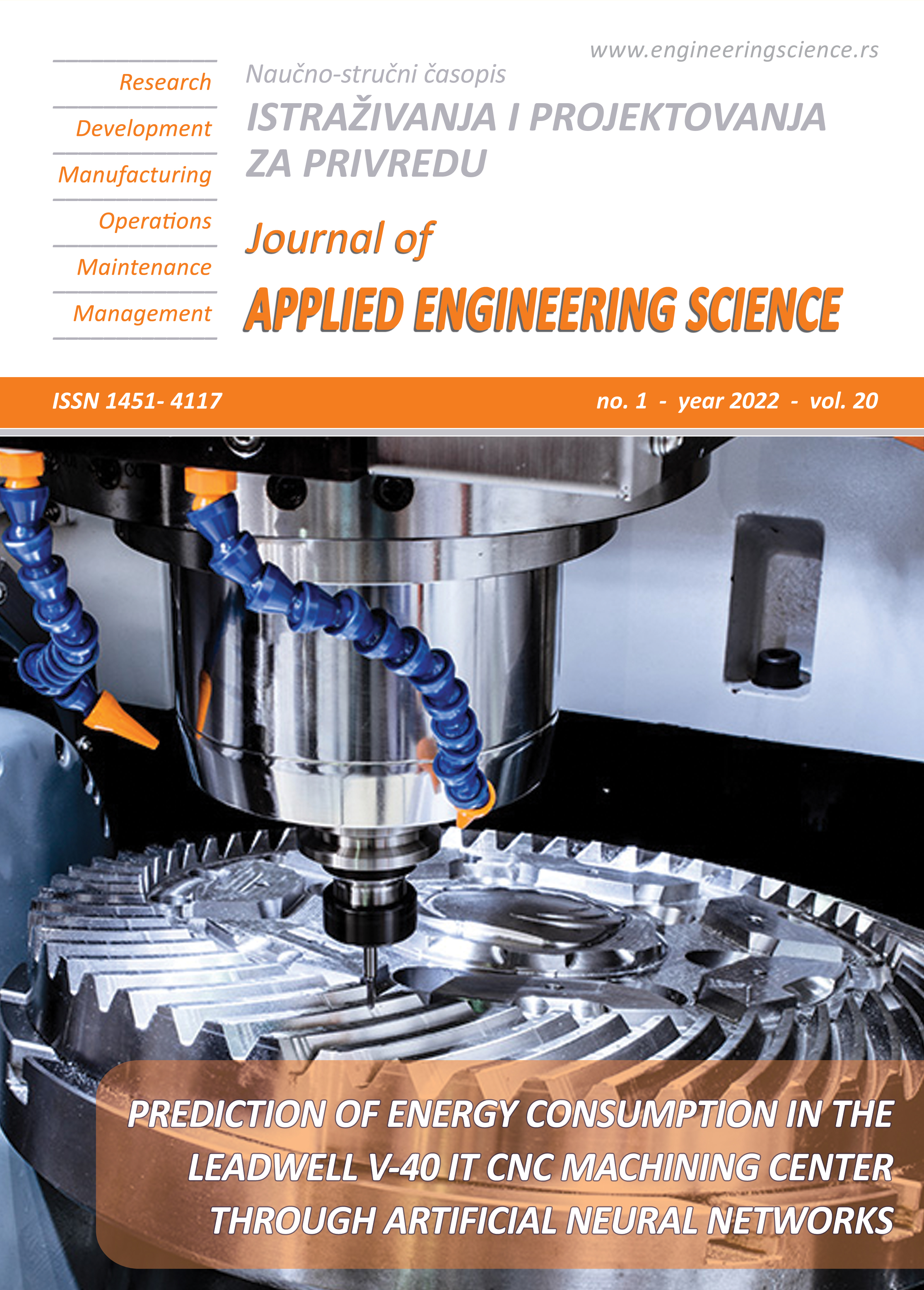USING NANOCLAY HYDROPHILIC BENTONITE AS A FILLER TO ENHANCE THE MECHANICAL PROPERTIES OF ASPHALT
Abstract
Higher traffic loads on the wheels, increased traffic volumes, and exposure to changing weather conditions result in increasing the road stresses and strains, putting the paving layers in danger of degradation such as fatigue, stripping, cracking, and rutting. A tremendous number of studies and trials have been conducted to modify asphalt to have a longer service life, less maintenance, be cheaper, and be more environmentally friendly. Recently, nanotechnology has proven very beneficial in all industries, including asphalt. It can be used to enhance the asphalt's mechanical properties. Using nano clay in asphalt is expected to improve the mechanical properties and the service life of the asphalt. So the main objective of this study is to investigate the performance of nano clay hydrophilic bentonite in improving the physical characteristics of asphalt concrete. This study uses nano clay with various replacement ratios as fillers to the ordinary used limestone filler in asphalt concrete. The used replacement percentages were (0%, 20%, 40%, 60%, 80%, and 100). The experimental tests that were conducted in this study include Marshall Stability (MS), Marshall Flow (MF), voids in mineral aggregate (VMA), theoretical maximum specific gravity (Gmm) and air voids (AV).The results showed a noticeable enhansment in the behavior of the asphalt mix with increasing the replacement percentage by nanoclay. Also, it was found that the 60% replacement rate by nanoclay has the highest Marshall stability with an increase of 93%, also the lowest flow with a decrease of 25% compared to the control asphalt mix.
References
Abdelrahman, M., Katti, D. R., Ghavibazoo, A., Upadhyay, H. B., & Katti, K. S. (2014). Engineering physical properties of asphalt binders through nanoclay–asphalt interactions. Journal of Materials in Civil Engineering, 26(12), 04014099.
Crucho, J., Picado-Santos, L., Neves, J., & Capitão, (2019). A review of nanomaterials’ effect on mechanical performance and aging of asphalt mixtures. Applied Sciences, 9(18), 3657.
de Mello Donegá, C. (2014). The nanoscience paradigm:“size matters!”. In Nanoparticles (pp. 1-12). Springer, Berlin, Heidel
El-Shafie, M., Ibrahim, I. M., & Abd El Rahman, A. M. M. (2012). The addition effects of macro and nano clay on the performance of asphalt binder. Egyptian Journal of Petroleum, 21(2), 149-154.
Forbes, T. Z. (2015). Occurrence of Nanomaterials in the Environment.
Gehlot, T. (2018). Use of nano-clay in asphalt binder modification. Journal of Mechanical and Civil Engineering, 15, 25-30.
Golestani, B., Nam, B. H., Nejad, F. M., & Fallah, S. (2015). Nanoclay application to asphalt concrete: Characterization of polymer and linear nanocomposite-modified asphalt binder and mixture. Construction and Building Materials, 91, 32-38.
Iskender, E. (2016). Evaluation of mechanical properties of nano-clay modified asphalt mixtures. Measurement, 93, 359-371.
Li, C., Chen, Z., Wu, S., Li, B., Xie, J., & Xiao, Y. (2017). Effects of steel slag fillers on the rheological properties of asphalt mastic. Construction and Building Materials, 145, 383-391.
Mahdi, L. M., Muniandy, R., Yunus, R. B., Hasham, S., & Aburkaba, E. (2013). Effect of short term aging on organic montmorillonite nanoclay modified asphalt. Indian Journal of Science and Technology, 6(10), 5434-5442.
Mistry, R., & Roy, T. K. (2016). Effect of using fly ash as alternative filler in hot mix asphalt. Perspectives in Science, 8, 307-309.
Razavi, S. H., & Kavussi, A. (2020). The role of nanomaterials in reducing moisture damage of asphalt mixes. Construction and Building Materials, 239, 117827.
(2003). General Specifications for Roads and Bridges Ministry of Housing and construction, Iraq, section R8, State Corporation of Roads and Bridges.
Tolinski, M. (2015). Additives for polyolefins: getting the most out of polypropylene, polyethylene and TPO. William Andrew.
Yang, J., & Tighe, S. (2013). A review of advances of nanotechnology in asphalt mixtures. Procedia-Social and Behavioral Sciences, 96, 1269-1276.
You, Z., Mills-Beale, J., Foley, J. M., Roy, S., Odegard, G. M., Dai, Q., & Goh, S. W. (2011). Nanoclay-modified asphalt materials: Preparation and characterization. Construction and Building Materials, 25(2), 1072-1078.
Zulkati, A., Diew, W. Y., & Delai, D. S. (2012). Effects of fillers on properties of asphalt-concrete mixture. Journal of transportation engineering, 138(7), 902-910.

